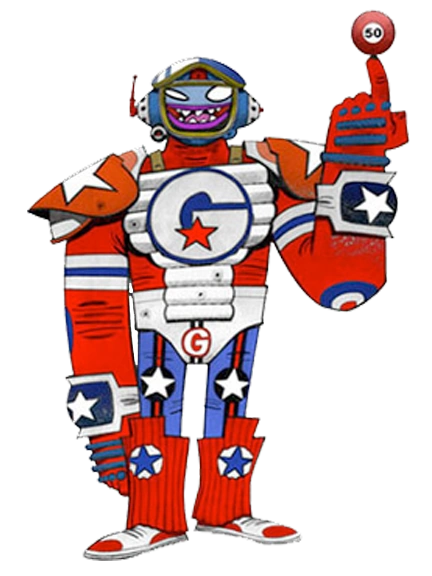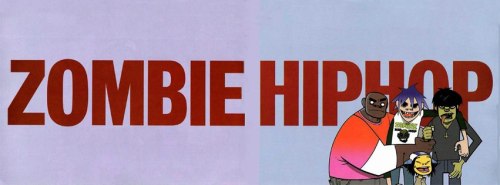"I feel so unnecessary"
- Damon Albarn, "Star Shaped"
If not for the band's brilliant b-side, "Dracula", "Starshine" would be Gorillaz most straight forward dive into the music of dubby reggae. The song's beat is anchored around a brilliant guitar line by Damon and a quiet drum machine provided by Dan The Automator. However the instrumental's star player is bassist Junior Dan delivering his greatest bass line on the record (The beats even stops for a moment after the first verse to give him a moment in the spotlight). In the background are atmospheric synthesizers and a dubby piano, all of which give the track a distant and chilled out groove.
Thankfully, the raps provided by Phi Life Cypher on the track's original demo were removed in production (although they were later re-hashed in a brilliant Gorillaz b-side "The Sounder"). The space that was once filled by gratuitious raps was now mostly empty, leaving more room for the listener to take in the song's brilliant instrumental (which any good dubby reggae should have). However, some of the now empty space was filled by an extra verse from Damon, which brings us to another star player on this track.
"Starshine" was most likely recorded in Jamaica due to it's dub feel. Damon Albarn, who at the time was struggling with heroin withdrawal and a recent break up, spent a lot of time outside staring ointo the Jamaican night sky (which is where he wrote and recorded the intro for Gorillaz track "Sound Check (Gravity)"). On "Starshine", Damon Albarn uses the night sky to write one of the most blatantly depressing and personal lyrics he has ever written. The song's main lyric is: "Starshine, never gonna find me? Starshine, they ain't gonna find me. Starshine, never gonna find me? Starshine, never gonna find me." On "Starshine", Damon has his cartoon alter ego 2D staring into the night sky. He sees the darkness of the night sky and notices the light, or "shine", of the stars. The "starshine" is the only thing from keeping the outside world completely dark and wonders if he can ever grasp on to that light, seeing it as a way out of his own depression. 2D, being mentally challenged, soon realizes that the stars are far away and that the "starshine" is "never gonna find" him. 2D realizing there is no easy way out (no light at the end of the tunnel one could say) learns to "stand easy with (himself)" and find a way to be content. While the lyrics are written from the perspective of a depressed half-wit, the lyrics can easily be transferred to Damon's own feelings and personal struggles.
"Starshine" was a constant on the band's first couple of tours. The track was often extended up to 5 minutes, giving room for a melodica solo by Damon as well as some sonic and atmospheric sounds from the other members of the band's various touring groups. The visuals Jamie made to accompany it were cartoony graphics of stars and lights. These visuals contained no presence of the band's fictional members which meant that on the first tour, the audience caught a rare glimpse to see a silhouette of the man behind the music, giving Damon the spotlight on the album's most personal and "real" song.


)




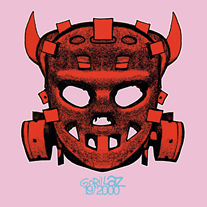
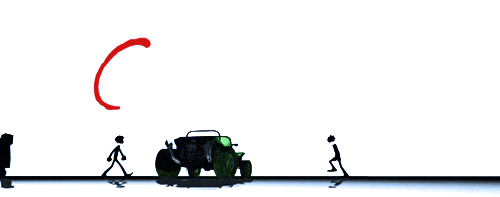

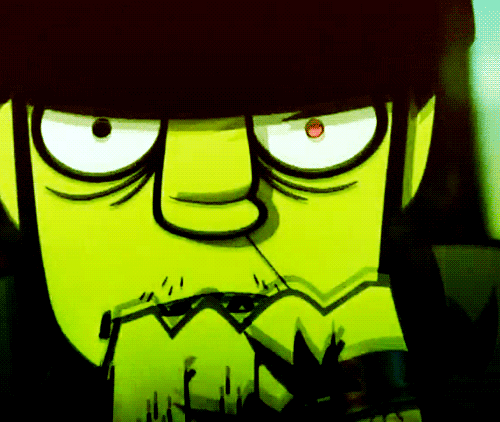

:format(jpeg):mode_rgb():quality(90)/discogs-images/R-66712-1488835767-2597.jpeg.jpg)
